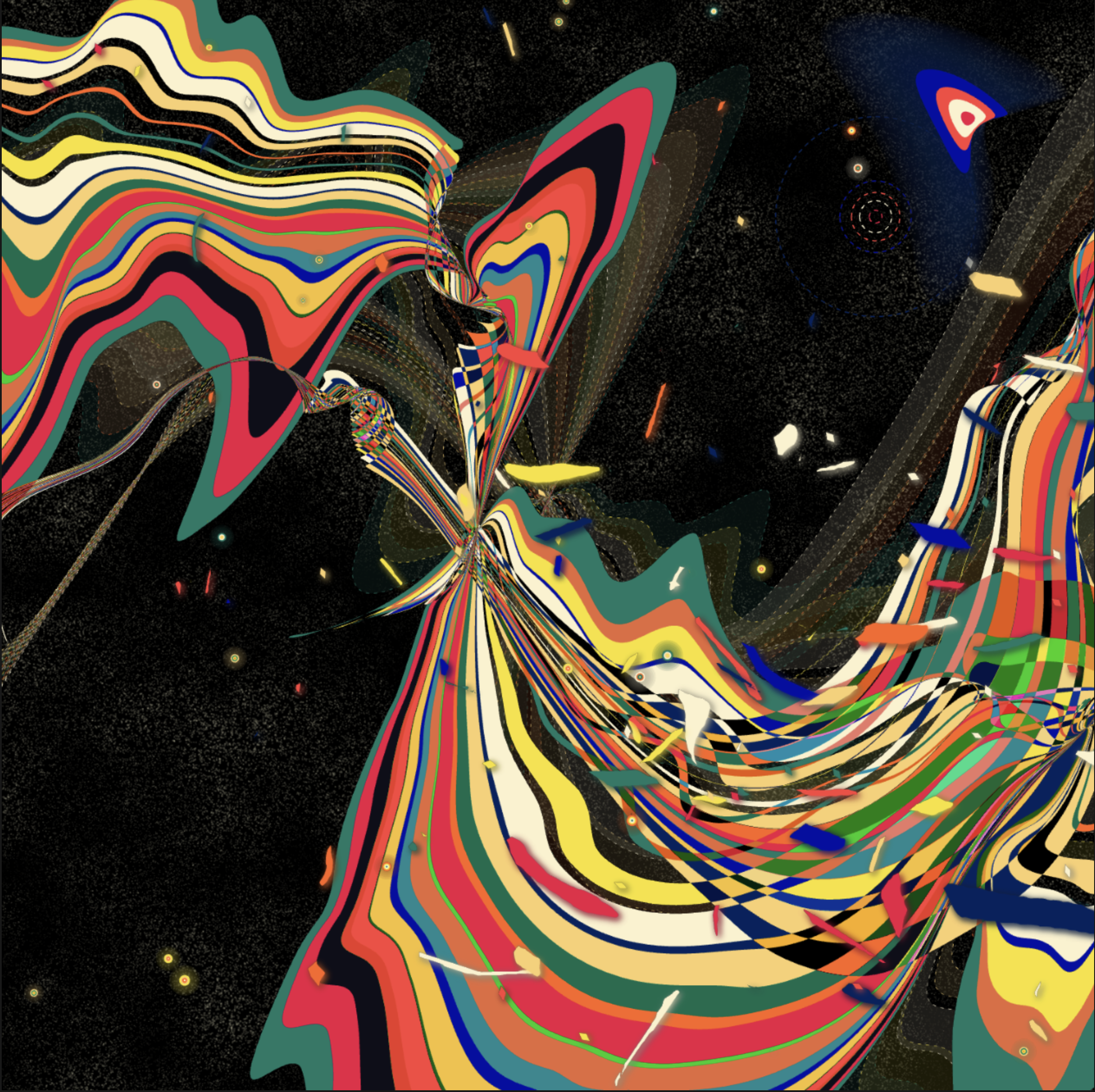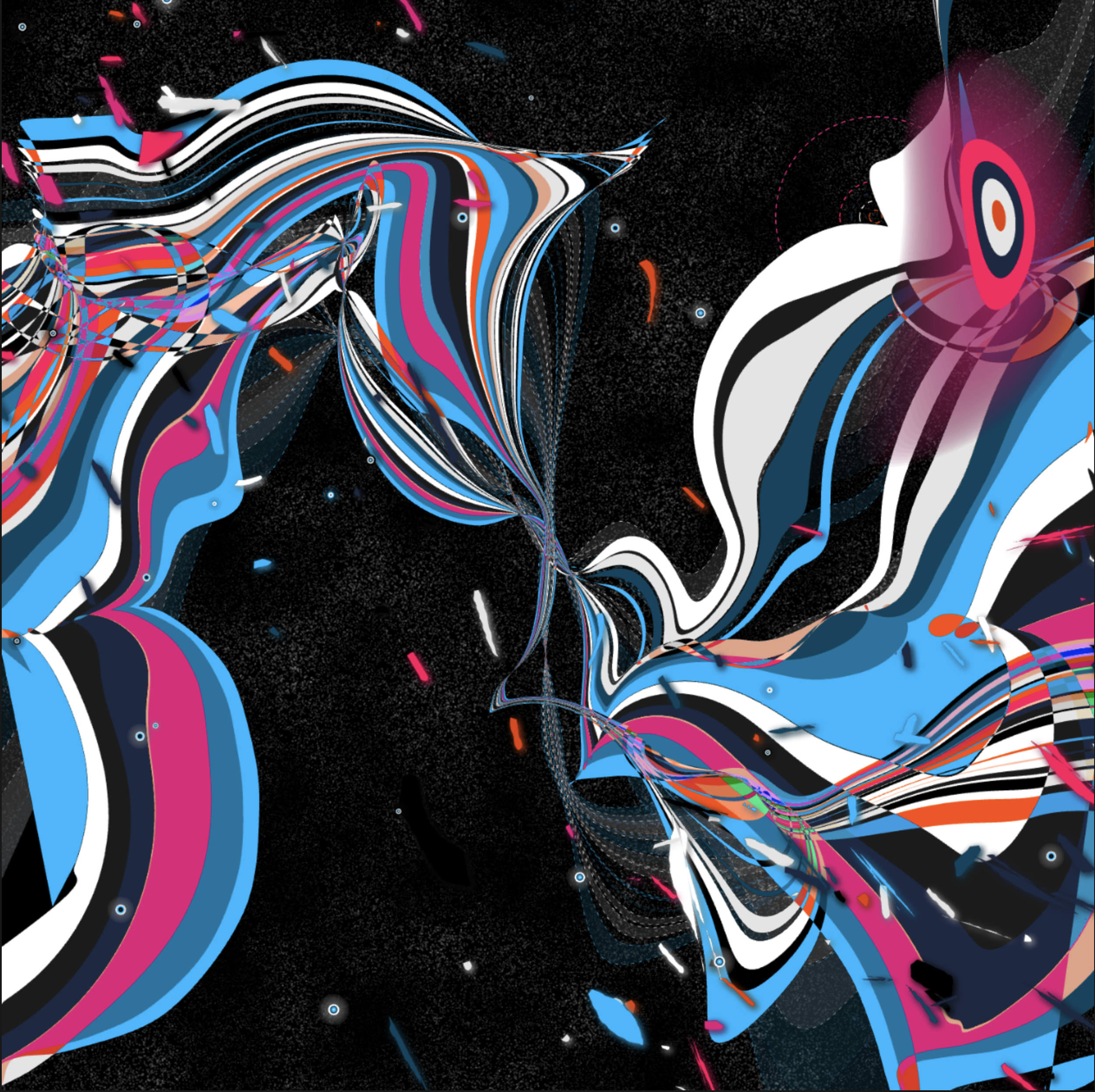ANNA CARRERAS: BRAVA
Part of a series of articles & interviews released digitally that were first published in the print edition of the Bright Moments Quarterly that was distributed at Bright Moments Paris in Paris, France in February, 2024.
Bright Moments: Thank you for taking the time to do this interview, Anna! Can you tell us a little bit about your background and how you got started with generative art?
Anna Carreras: Absolutely. My initial aspiration was to study fine arts, but my mother said, “No, get a proper job first and then you can be an artist.” This led me to study engineering instead. After completing my engineering studies, I found myself integrating the technical skills I had learned into my artistic pursuits. This synergy led me, about 20 years ago, to begin creating interactive installations. These installations were designed to involve the audience directly, allowing them to contribute to the art pieces and their narratives. Everything was built from the ground up, so it required me to code each interactive element from scratch.
Gradually, my focus shifted more towards the visual and narrative aspects of the interactive installations. I was coding all the visual components of my installations, along with the electronics and scripting the narrative behind it. This evolution naturally steered me towards generative art, which I grew to love.
The lockdowns during the pandemic put a halt to interactive installations. During that year, I delved deeper into visual concepts and themes I was eager to explore. This period of introspection and exploration culminated in my generative art being showcased in several exhibitions and my involvement in the web3 vibrant community and space.
Your background is incredibly academic, and I understand you've recently earned a PhD – congratulations! Being both a student and a teacher, could you share how these roles have influenced your creative life?
Thank you! Yes, I've been teaching for about 15 or 16 years, covering subjects like creative coding, generative art, audiovisual installations, and non-linear narratives – all integral to my creative process. Teaching is my way of giving back to the community, sharing my knowledge, and helping others develop a passion for generative art and creative coding.
I absolutely love teaching. Despite my increasing focus on art, I continue to teach. It offers an ever-evolving environment with fresh minds and perspectives each year. The students bring new discussions, questions, and ways of understanding, which continually refresh my perspective. This interaction keeps me energized and constantly questioning, opening up new avenues of thought. It’s incredibly fulfilling and stimulating to guide students in generative art and coding, and it plays a significant role in my creative journey.
Your work exudes a deep sense of curiosity, and it appears quite eclectic, exploring various concepts and techniques.
Absolutely, curiosity is a driving force in my work. My academic background, especially my PhD in fine art with a specialization in generative art, has really fueled my research. It pushes me to deeply understand the ‘what’ and ‘why’ behind my creations, and the ideas that shape them.
Like many generative artists, I’m fascinated by complexity – how complex shapes and behaviors emerge from a set of deterministically coded rules. It’s always surprising to see the outcomes. There’s a broad continuum in generative art, from ordered patterns to disordered, noisy creations, and in between lies a world of complexity.
Instead of navigating this continuum I have a different approach. In each of my projects, I choose a specific aspect of complexity to explore. For instance, earlier this year, I focused on the concept of connections and how simple rules can lead to intricate networks. Another project, Trossets, delved into the theme of diversity, and explored the minimal algorithm that can foster diverse patterns to emerge.
For the Bright Moments project, I’m exploring fragility – the fragility of algorithms, human relationships, nature, the blockchain, and the universe. You’re right about my eclectic approach; instead of adhering to specific techniques or code, I choose concepts and ideas, then seek the best algorithms and visuals to articulate those concepts and paint them. This conceptual basis leads to diverse results and moods in my projects, as each one is a deep exploration of an idea.
Since we’re already on the topic, could you share more about what you’re currently working on for Bright Moments Paris?
I’m working on a project titled Brava, a word that has multiple meanings in Spain. It means ‘brave, fierce,strong, spicy’. It Is reminiscent of Costa Brava, a seaside region near Barcelona known for its strong waves and rocky shores. We have also ‘patatas bravas,’ a spicy potato tapas dish, hehe. Interestingly, though, this project is about exploring fragility, which might seem contrary to the name.
The inspiration came from a simple, yet profound, human experience I had this summer. While with other generative artists and collectors, we jumped into the open sea. In that moment, surrounded by the vast, dark blue of the Mediterranean, I felt an intense sense of human fragility. It was a powerful reminder of our place in the universe. This experience sparked the idea for Brava.
The project aims to capture this concept of fragility as it relates to complexity and complex systems. I want to create an algorithm that embodies fragility, showing distortion and breakage, reflecting how our relationships, technology and our environment itself can be fragile. Yet, experiencing this fragility can be life-changing and deeply enriching. It’s about conveying that feeling and exploring it both visually and conceptually.
Can you walk us through how you are creating that sense of fragility for Brava through code?
Certainly. I’m experimenting with two overlapping waves in the code. The core of the project involves an algorithm that intentionally distorts these waves. This distortion is triggered by the encounter of them and some computer vision intelligence deciding the exact moment when the meeting waves start to evolve. Hence the algorithm is not deciding an exact shape as a start, it’s the dynamics and the behavior of each wave that makes them run into each other, crash and start a different experience together.
Just altering small numerical values within the code the two waves meld together creating new forms and colors. My aim is to visually represent how even minor changes can significantly impact the overall visuals and embody the concept of fragility.
It seems like animation plays an important role in delivering the concept of this collection. Could you elaborate on that or other key technical aspects?
Animation and dynamics play an important role, but they are also deeply intertwined with image processing. I use image processing to gain a deeper understanding of what's happening within the piece, which then informs what is drawn in the artwork.
For the first time, I'm incorporating image processing to extract detailed shapes and forms. My background in this area allows me to revisit and apply my knowledge to enhance the intricacies of my art. In this project, I'm exploring the idea of identifying specific areas within the image to work with, even embracing the fragility of those parts that break together.
Earlier, you mentioned “community” a couple of times, and it strikes me as a significant element for you. Can you share your views on the generative art community and its impact on your work?
For me, the community is one of the greatest aspects of what we do. It’s an incredible gift. In our community, there’s a strong sense of sharing and mutual support. It’s integral to why and how we create generative art. This collective drive is a cornerstone of our work, and I deeply value and respect it. We’re not only nurturing existing relationships but also welcoming new artists, audiences, and collectors. These interactions are enriching and enjoyable, giving me the opportunity to learn a lot more new things, and making our community one of the most precious aspects of our field.
This community, evolving from open and libre software principles, is inclusive and collaborative. Being a part of it for years, I feel its openness is palpable, and it’s certainly one of our greatest strengths.
Moreover, the intersection of collectors and artists within our community brings a unique diversity and richness. We now have collectors becoming artists and artists becoming collectors. People are learning to code, gaining insights into the creative process, and this crossover of roles enriches our community uniquely. It’s truly amazing to see this diversity of perspectives and approaches flourishing in our space.
How have you observed changes in the generative art community, especially with the advent of NFTs? What are your hopes for its future?
The community has seen remarkable growth in recent years, which is incredible. The introduction of NFTs has been a game changer, allowing more artists to sustain themselves through their art. This shift has brought an influx of new ideas and research into the space - we now have more artists, more controversial contributions, and more people discussing and appreciating generative art. We’ve evolved from a small niche into a vibrant, expanding community, which I think is fantastic. It’s exciting to see the community continually pushing the boundaries of what we thought was possible.
Looking ahead, I hope for more in-depth conversations about the essence of generative art, its unique qualities, and its connections to other artistic movements. We’re in a phase of prolific creation, and I anticipate a time when we can delve deeper into understanding and discussing our work and its place in the broader art movement. While we’ve begun to touch upon these critical discussions, they’re still in their infancy. My hope is that we can expand these conversations, offering richer, more nuanced insights into our community and work.




